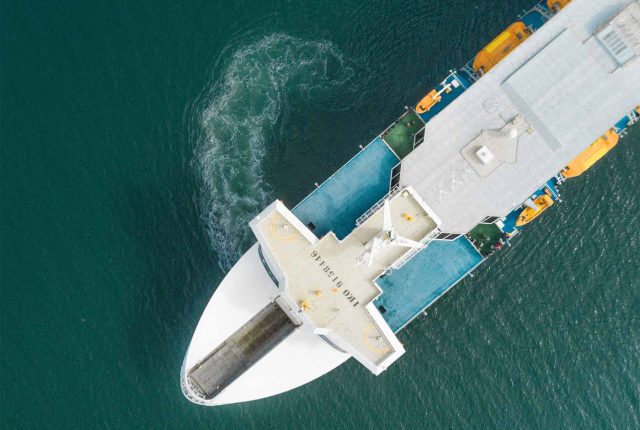
Bill of lading
The bill of lading is a legally binding document providing the driver and the carrier all the details needed to process the freight shipment and invoice it correctly. A bill of lading must be completed and provided to the shipper when your freight is to be picked up.
Importance of error consequences and effective solutions
The following is the information that must be included in the bill of lading:
- Shipper´s and receiver´s (a.k.a) consignee´s names and complete addresses.
- PO or special account numbers used between businesses for order tracking.
- Special instructions for the carrier to ensure prompt delivery.
- The date of the shipment.
- The number of shipping units.
- Type of packaging, including cartons, pallets, skids and drums.
- A description of the items being shipped, include the material of manufacture and common name.
- The NMFC freight classification for the items being shipped.
- The exact weight of the shipment. If multiple commodities are being shipped, then the weight of each commodity is listed separately.
- The declared value of the goods being shipped.
The following acronyms can also include details around the bill of lading:
- OBL: Ocean bill of lading (Type of bills can be cut too)
- AWB: Airway bill of Lading
- ProBill: In use for GTS ( Ground Transport service) mainly for Truck
Generically a BOL is a contact of carriage, but even with various geographic locations, the terms that we use in North America are different to other places. For example, an OBL (to some) is an ocean bill of lading; where as to steam ship lines this is the ORIGINAL BILL OF LADING, wich is needed to be presented for the goods to be moved off the Wharf to the warehouse.
Consequence of Not Used or Inaccurate Bill of Lading
- One of the most costly and obvious consequences of not using or filling out a bill of lading inaccurately is that you most likely won´t get your product to your desired recipient, but the main consequences are: Exposure to Claims; Loss of the right to limit liability; Loss of P&I cover; Loss of the right of indemnity from the charterer and Criminal prosecution. Solutions to Ensure Your Bill of Lading is Correct
- Employ a transportation management system and the services of a third party logistics provider: Sometimes, I wonder, how do manufacturers and distributors stay competitive in their core business with all of these details and potential risks that are out there in the logistics and freight world? Using a Transportation Management System, takes all the data entry points you must have in a bill of lading and has them as easily filled out guided fills to decrease the chance of error. The TMS also stores the documents, allows you to email them, and print them for ease of use! Additionally, if you have a provider, that includes freight claims services for you, that bill of lading is then easily used to make claims easier.
- Use a Consistent and Standard Bill of Lading: There are many online bills of lading forms you can download from the internet, but once you choose one, make sure you use the same one so you are familiar and so are your consignees.
- Triple Check Before Signing: BEFORE you sign, the easiest thing you can do is triple check all of the information that needs to be in the bill of lading (as outlined above) is accurate. It´s YOUR signature on a LEGAL document, so it´s VITAL to check!
Author
adminRelated posts
Manage market volatility
Market volatility and ocean freight fluctuations are here to stay. Therefore, it
Delivery duty paid
DDP is one of the Incoterms rules developed by the International Chamber of Comm
Expert Tips
For any trade business, the safety of the goods being transported is of utmost i




Leave a Reply